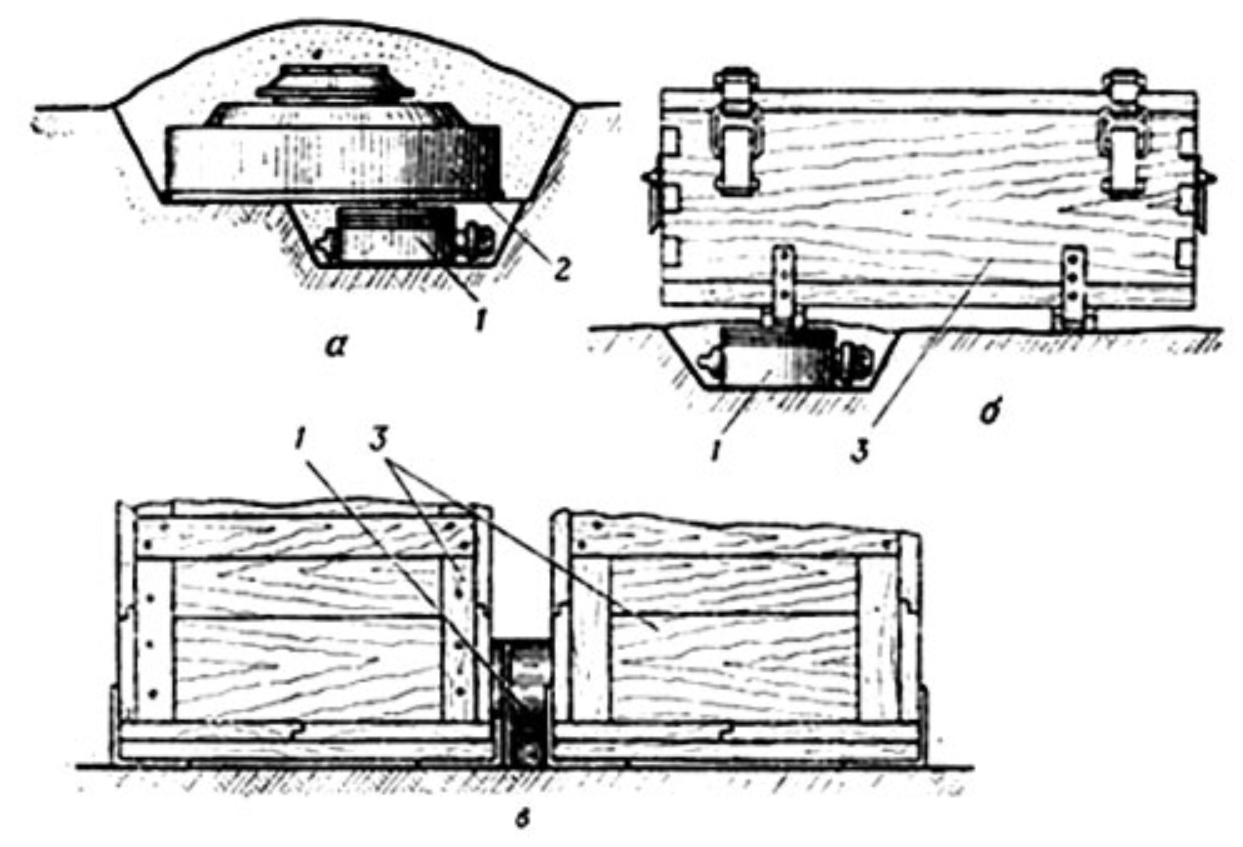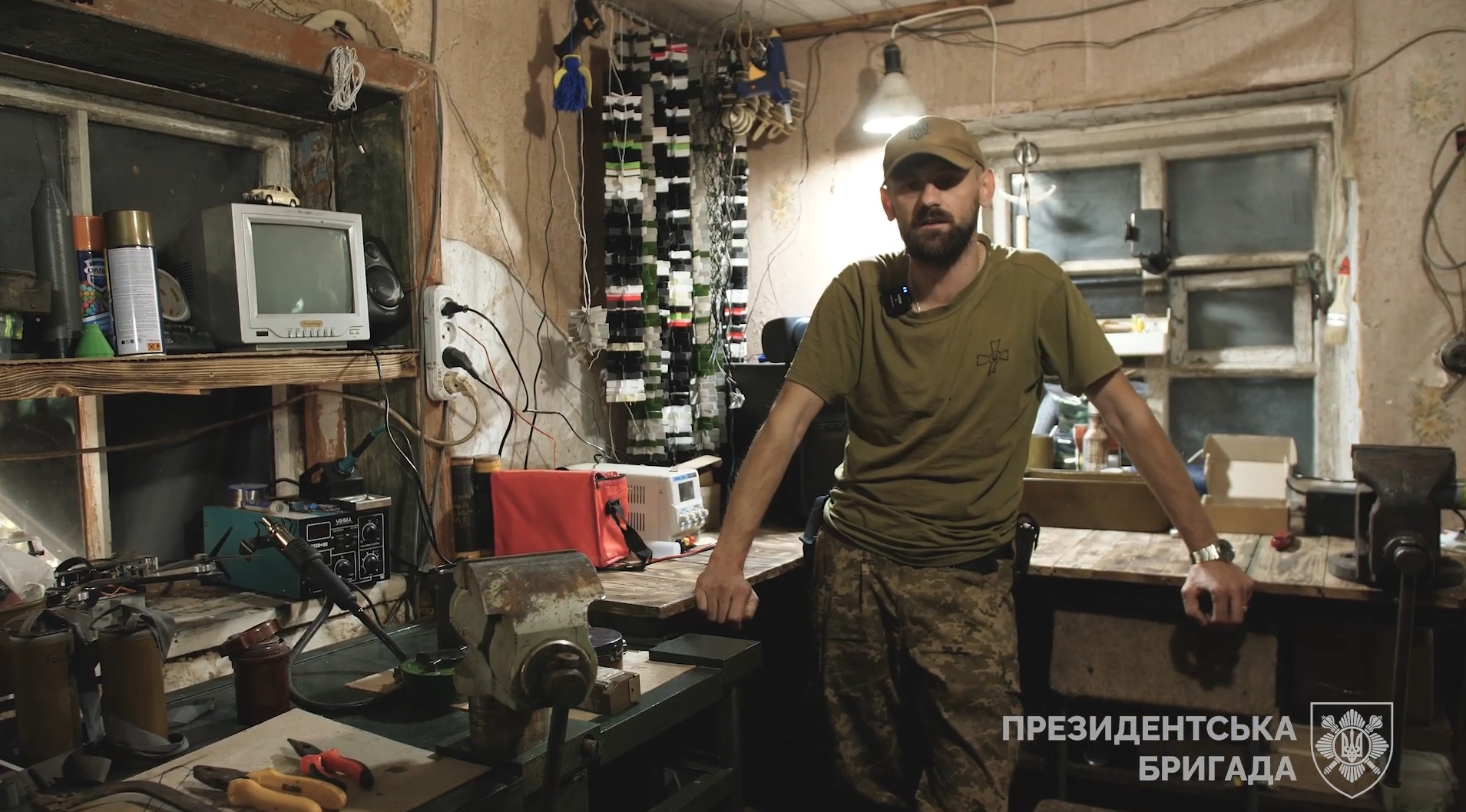Sappers of the Presidential Brigade demonstrated the most common anti-personnel mines of Russians.
The commander of the Engineer Platoon said that the Ukrainian Forces captured many mines from the invaders.
Military engineers are one of the essential parts of the Ukrainian Armed Forces both in defense and in the offensive.
They work with what most people avoid: explosives.
Trap mines
The Presidential Brigade’s sapper says that the booby traps ML-8 of anti−lift action most often fell in their hands.

“They are mainly placed on exits from positions, put under ТМ-62 anti-tank mines, under different boxes,” the sapper says.
When the military enters the Russian positions, he needs to inspect each area, take nothing with his hands, look at his feet, and pull each object with special hooks.
“If you see a clip, then it is initially charged and discharged and only then can it be taken away,” the sapper said.

The Russian military also uses MS-3 trap mines, which are designed as an anti-handling for anti-tank and other mines.
Structurally, the mine MS-3 resembles a PMN mine, with only a difference: there is a protrusion in the center of the upper side of the MS-3 mine.

The principle of triggering for these two mines is different: the PNM mine detonates its cover after pressing, and the MS-3 mine – on the contrary, blows on pressure release.
PMN and POM
The Russian military is actively using PMN-4 anti-personnel mines against the infantry.
A person may receive a foot injury after stepping on the target sensor (the entire upper plane of the mine).
Usually, when a mine explodes, a soldier may lose his foot completely.

Russia had mined Ukrainian territory with PMN-2 mines that were not in service with Ukraine even before the full-scale invasion.
Five kilograms of weight are enough to trigger the PMN-2 high-explosive anti-personnel mine of pressure action. The plastic body of this mine is green or brown, with a detonator in the form of a cross. They are placed into the ground or at the soil surface.

To protect themselves, the Russian military uses POM-2 mines in Ukrainian positions’ mining.
“The mine is of remote mining, after being fallen, it opens and releases four stretches by 8-10 meters and stands in combat mode for 24 hours and then self-liquidates, sometimes it can stand for two weeks,” the military says.
POM-2 is placed in a cluster munition of four pieces, each of which is placed in a metal cylinder. The process of their installation is carried out by tools of remote control.

The invaders used this principle of mining Ukrainian positions even before the full-scale invasion. In 2021, a new version of the Russian POM-2 mine was found in the Donbas.
Being captured by Ukrainian sappers, those mines later were used against the Russian invaders, added the sapper from the Presidential Brigade.
“Those uncharged [mines], we know that they are safe, we take it for ourselves. Many of us use captured Russian mines,” said the sapper.

If Ukrainian soldiers manage to capture too few mines, they use them for training personnel.
Recall that in October, a ST1 drone, which is designed to search for mines developed in Ukraine.
